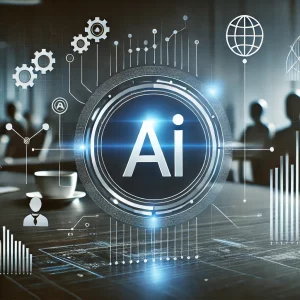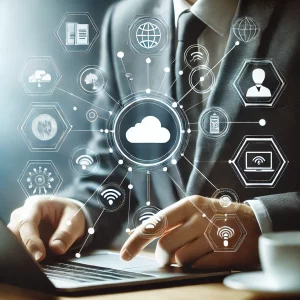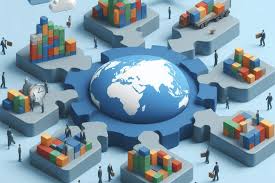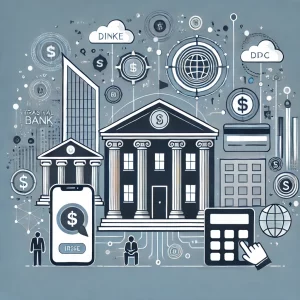The Role of AI in Developing Smart Cities
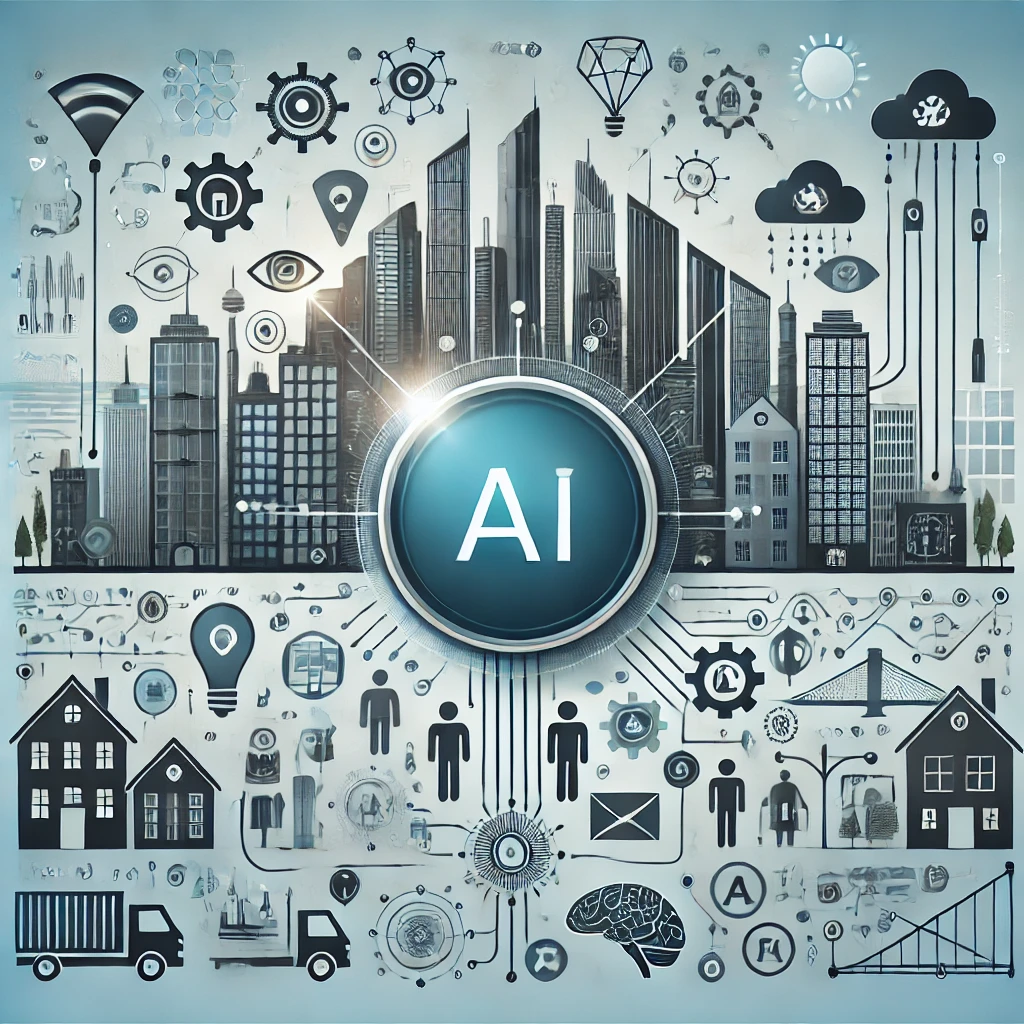
The concept of smart cities is rapidly becoming a reality as urban areas around the world face the challenges of increasing population density, environmental sustainability, and resource management. At the heart of this transformation is the integration of Artificial Intelligence (AI), which is enabling cities to become more efficient, responsive, and sustainable. AI technologies are revolutionizing the way cities are managed, making them safer, more efficient, and more livable for residents. This article explores the role of AI in developing smart cities and how it is reshaping urban life.
1. Enhancing Urban Mobility and Traffic Management
One of the most significant challenges faced by cities today is traffic congestion, which leads to wasted time, increased pollution, and lower quality of life. AI is playing a pivotal role in optimizing traffic management and improving urban mobility.
AI-powered systems can analyze vast amounts of data from sensors, cameras, and GPS devices to predict traffic patterns, detect accidents, and optimize traffic light timings. By collecting and analyzing real-time data, AI can dynamically adjust traffic signals to ensure smoother traffic flow, reduce congestion, and minimize delays. For instance, smart traffic lights can prioritize traffic for emergency vehicles or adjust to heavy traffic in specific areas, improving overall mobility.
Moreover, AI is also enhancing public transportation systems by optimizing routes, schedules, and passenger load distribution. For example, AI can predict the demand for public transport during peak hours and adjust bus and train schedules accordingly. Additionally, AI-powered apps can provide real-time information to commuters, helping them choose the most efficient routes and modes of transport, ultimately reducing congestion and improving travel times.
2. Smart Infrastructure and Energy Management
In a smart city, the management of infrastructure and energy is critical for sustainability and cost-efficiency. AI is helping cities manage their resources more effectively through intelligent systems that monitor and optimize energy use.
AI technologies can control smart grids to balance electricity demand and supply, improving energy efficiency. For example, AI can predict energy consumption patterns and optimize the distribution of energy across the grid, preventing shortages or waste. In residential and commercial buildings, AI can adjust heating, ventilation, and air conditioning (HVAC) systems based on occupancy patterns, weather forecasts, and real-time energy prices. This reduces energy consumption, lowers costs, and contributes to a more sustainable urban environment.
In addition, AI can improve waste management systems by analyzing waste collection patterns and optimizing routes for garbage trucks. By collecting data on waste generation and disposal, AI can help cities implement more efficient waste sorting and recycling systems, reducing landfill use and promoting sustainability.
3. AI for Public Safety and Security
Public safety is one of the primary concerns for any city. AI is significantly enhancing the way cities approach crime prevention, emergency response, and disaster management. AI-powered surveillance systems can analyze video feeds from cameras placed throughout the city to detect suspicious activities and provide real-time alerts to law enforcement agencies. By using facial recognition, AI can identify known criminals or missing persons, improving public safety and law enforcement efficiency.
AI is also being used to enhance emergency response systems. For example, AI can help emergency services by analyzing incoming calls and dispatching the most appropriate resources based on the nature of the emergency. During natural disasters, AI can predict and assess the impact of events like floods, earthquakes, and wildfires, allowing authorities to plan evacuation routes, allocate resources, and send timely warnings to residents.
Moreover, AI-powered systems can be used to monitor environmental hazards such as air pollution, radiation, and water contamination. By analyzing data from environmental sensors, AI can alert authorities to potential risks and help cities take preventive measures to protect the health and well-being of residents.
4. AI in Healthcare and Disease Prevention
Healthcare is a critical aspect of smart cities, and AI is playing a key role in improving healthcare delivery, disease prevention, and public health monitoring. AI-powered systems can analyze health data from wearable devices, medical records, and hospitals to detect patterns in public health trends, identify potential outbreaks, and predict disease spread.
AI can also assist in diagnosing medical conditions and recommending personalized treatment plans. For example, AI-powered diagnostic tools can analyze medical images to identify early signs of diseases such as cancer, heart conditions, and neurological disorders. This enables doctors to make more accurate diagnoses and deliver faster, more effective treatments.
In terms of disease prevention, AI can help cities track the spread of infectious diseases, predict hotspots, and coordinate resources for vaccination campaigns. By analyzing data from public health databases, AI can provide early warning systems for potential health crises, helping cities take proactive measures to protect their populations.
5. AI for Urban Planning and Development
Urban planning is another area where AI is making a significant impact. As cities grow, there is an increasing need for sustainable development that balances the demands of housing, infrastructure, transportation, and the environment. AI is assisting urban planners by analyzing data from various sources, such as traffic patterns, population growth, and environmental conditions, to create smarter, more sustainable urban designs.
AI can model different development scenarios to optimize land use, identify areas for green spaces, and design pedestrian-friendly neighborhoods. By analyzing patterns in housing demand, AI can also predict where new housing should be built to accommodate future growth while minimizing environmental impact.
Furthermore, AI can help cities improve building construction by predicting structural failures and identifying areas where maintenance is required. Predictive maintenance tools powered by AI can analyze the condition of infrastructure, such as roads, bridges, and buildings, to anticipate repairs and reduce the risk of costly failures.
6. Smart Governance and Citizen Engagement
In a smart city, citizens’ needs and voices should be at the center of governance. AI is helping local governments improve the way they interact with citizens, ensuring that they are more responsive and transparent. AI-powered platforms can analyze citizen feedback collected through surveys, social media, and public forums to identify key issues and trends.
AI can also improve the efficiency of government services by automating routine tasks such as processing permits, licenses, and taxes. Chatbots and virtual assistants powered by AI can help residents with common queries, reducing wait times and improving customer service. In addition, AI can help governments predict public needs, such as the demand for social services, education, or infrastructure, allowing them to allocate resources more effectively.
By incorporating AI into governance, cities can foster greater collaboration between the government and its citizens, improving overall satisfaction and ensuring that resources are used effectively.
7. Enhancing Environmental Sustainability
Sustainability is a central goal for any smart city, and AI is helping cities reduce their environmental impact. AI-powered systems can analyze data from environmental sensors to monitor air and water quality, detect pollution sources, and predict environmental hazards. For instance, AI can predict when air quality will worsen and provide residents with real-time information, allowing them to take precautions, such as reducing outdoor activities or using air purifiers.
AI is also helping cities transition to renewable energy sources. By integrating AI with solar panels, wind turbines, and energy storage systems, cities can optimize the use of renewable energy based on weather patterns and energy demand. AI-driven solutions enable smarter energy consumption, reducing reliance on fossil fuels and minimizing carbon emissions.
Conclusion
AI is playing an essential role in the development of smart cities, transforming how urban areas are managed and improving the quality of life for residents. From optimizing transportation and energy systems to enhancing public safety and healthcare, AI technologies are helping cities become more efficient, sustainable, and responsive. As the world continues to urbanize, the role of AI in building smarter, more sustainable cities will only grow, paving the way for a future where cities are more livable, environmentally friendly, and technologically advanced. The integration of AI into smart cities is not just a trend but a necessity for building the urban landscapes of tomorrow.

